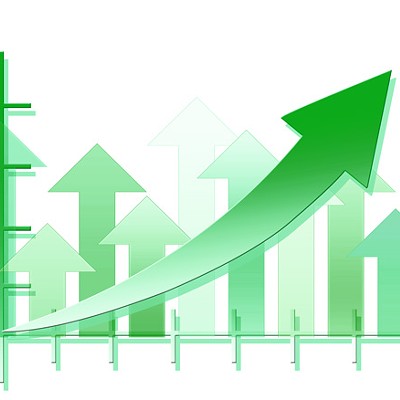The leaves are beginning to change color, the mornings are cooler and crisper, and fall is in the air. As we begin to round out the third quarter of a year that has been everything but business as usual, the data on the real estate market continues to demonstrate housing is leading the way with the economy.
It was not that long ago, in April of this year, that I was sitting in my kitchen talking on the phone or via Zoom with colleagues and clients about what the COVID pandemic could mean for the real estate market and economy. The uncertainty was painstakingly palpable. Was this going to be the beginning of another crash, mirroring 2008? What does this mean for mortgage rates? And are people even going to want to go out and buy homes during a pandemic? Here it is six months later and it has become very clear that the uncertainty and worst case scenarios feared are definitely not what's happening in the real estate market. No one could have predicted that the median home price across the country would skyrocket to record highs. Nor did anyone think that total sales would be up 10.5% from a year ago in a pre-pandemic, thriving economy.
The average time on the market has significantly decreased, too. Matthew Gardner, Windermere Real Estate's chief economist, states that nationally, 69% of new listings in August of 2020 were on the market for less than one month. In Central Oregon, that percentage is even lower. This points to substantial buyer demand.
Inventory continues to be at a record low nationally and the lowest since 1999. This lack of inventory is one of the factors driving the increase in median sales price. As in every market, when inventory is low and demand high, the price goes up. And the demand is certainly high! This is evidenced by the 25.1% increase in new mortgage applications from this time last year. What is driving the increase in new mortgage applications? The record-low interest rates is the simple answer. The 30-year fixed rate has not been this low since 1971, according to Freddie Mac's data. (It should be noted that Freddie Mac started tracking mortgage rates in 1971.)
Not only does the lack of inventory drive prices up, but the record-low interest rates and low borrowing costs are key factors in the increasing real estate prices. The lower the borrowing cost, the more purchasing power a buyer has. These low interest rates are also serving to help first-time homebuyers enter the real estate market. First-time homebuyers are accounting for 30% of overall market sales. This increase in new buyers entering the market is contributing to the higher demand than the inventory can satisfy, again resulting in an increase in pricing and overall market activity.
New home sales are at the highest levels experienced since 2006, although still lagging behind existing home sales. One of the factors that may be contributing to the lack of new construction inventory is the 140% increase in lumber prices. And specifically in Central Oregon, the limited supply of land to develop and the huge jump in material cost are both factors putting a damper on developers' ability to keep up with the level of demand.
To put the demand for real estate into perspective, the Western United States new and existing homes sales, for example, are up 26.5% year over year. All of this data suggests that the real estate market is a shining light of hope, and leading the way for the U.S. economy.
























